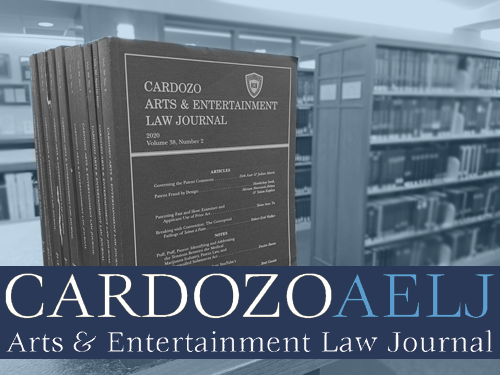Document Type
Article
Publication Date
10-10-2023
Abstract
n 1990, the Visual Artists’ Rights Act (VARA) became a welcome addition to the federal Copyright Act of 1976. VARA was the first time the “moral rights” of an artist were federally protected in the United States. Moral rights are commonly understood to provide attribution to artists and protect the integrity of visual art pieces. Under VARA, this means authors have a right to claim authorship on pieces they create, prevent the use of their name on a work they did not create, and prohibit the destruction of works of “recognized statute” (both intentional and through gross negligence). The law aims to prevent intentional distortion or modification of visual art pieces that is “prejudicial” to the artists’ “honor or reputation.”
This post was originally published on the Cardozo Arts & Entertainment Law Journal website on October 10, 2023. The original post can be accessed via the Archived Link button above.
Recommended Citation
Green, Paige, "What Happens When the Public Wants to Remove Public Art? The Second Circuit Weighs In On One Recent VARA Case" (2023). Cardozo Arts & Entertainment Law Journal (AELJ) Blog. 364.
https://larc.cardozo.yu.edu/aelj-blog/364



